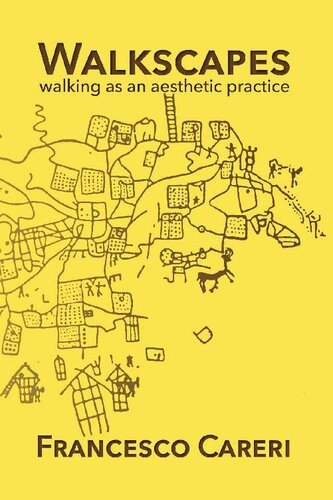

Most ebook files are in PDF format, so you can easily read them using various software such as Foxit Reader or directly on the Google Chrome browser.
Some ebook files are released by publishers in other formats such as .awz, .mobi, .epub, .fb2, etc. You may need to install specific software to read these formats on mobile/PC, such as Calibre.
Please read the tutorial at this link: https://ebookbell.com/faq
We offer FREE conversion to the popular formats you request; however, this may take some time. Therefore, right after payment, please email us, and we will try to provide the service as quickly as possible.
For some exceptional file formats or broken links (if any), please refrain from opening any disputes. Instead, email us first, and we will try to assist within a maximum of 6 hours.
EbookBell Team

4.0
36 reviewsFundamentally, for Careri, the act of walking—although it does not constitute a physical construction of a space—implies a transformation of a place and its meanings. The mere physical presence of humans in an unmapped space, as well as the variations of perceptions they register while crossing it, already constitute forms of transformation of the landscape that—without leaving tangible signs—culturally modify the meaning of space and therefor the space itself.